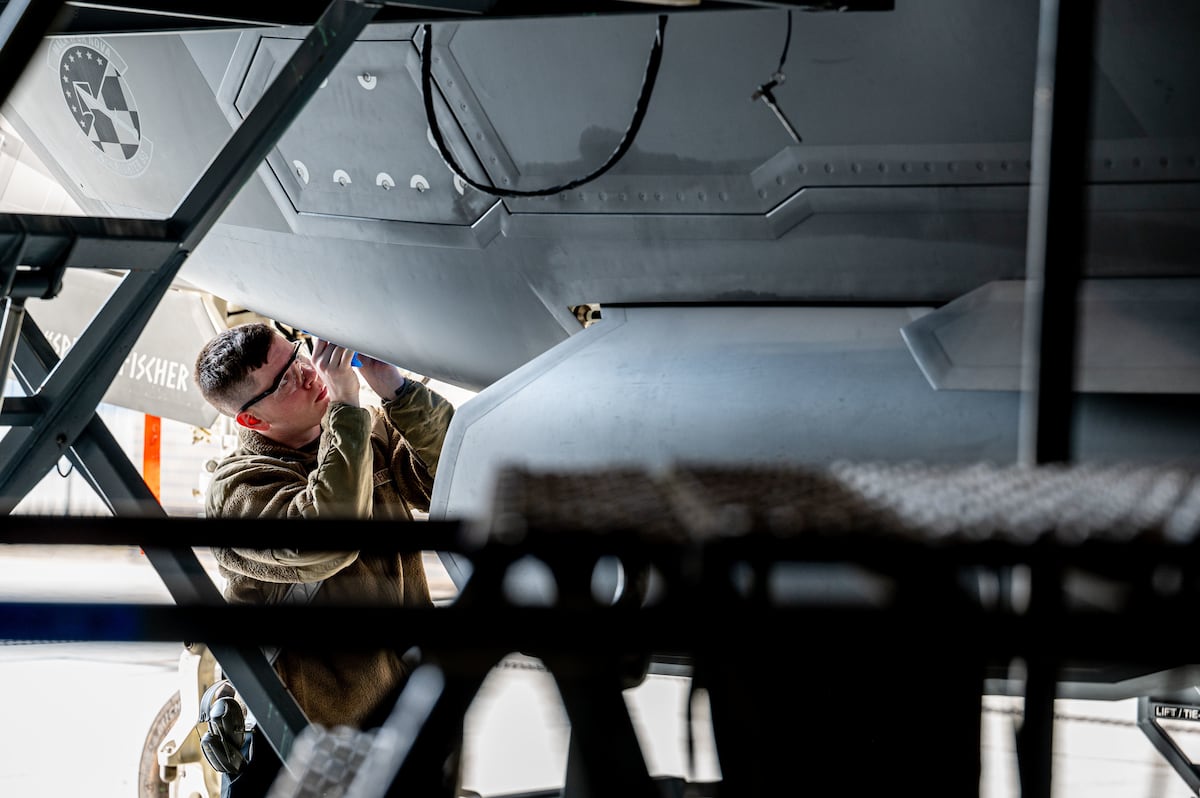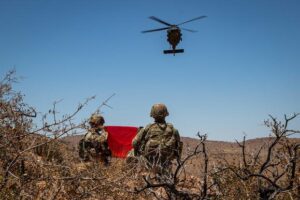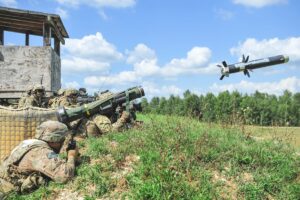The rapidly evolving landscape of military aviation is set to drive up costs for maintenance, repair, and overhaul (MRO) services worldwide. A recent analysis by consulting firm Oliver Wyman highlights the financial impact of integrating advanced aircraft into global fleets.
According to analysts Doug Berenson, Livia Hayes, and Ian Ferguson, the global MRO market for military aircraft was valued at approximately $97 billion in 2025, remaining relatively stable over the six years prior. However, projections indicate an annual growth rate of 1.4% over the next decade, potentially pushing MRO expenditures to exceed $111 billion by 2035.
The study, titled “The Military’s Mounting Cost for Cutting-Edge Technology: Why Global Air Forces Will Spend More on their Fleet MRO,” was shared with Defense News by Oliver Wyman. It underscores the financial challenges posed by the integration of sophisticated aircraft like the F-35 Joint Strike Fighter. These jets, known for their advanced stealth capabilities, are more complex and expensive to maintain due to their intricate software, propulsion systems, and materials.
Lockheed Martin has delivered over 1,170 F-35 jets globally, with the U.S. Air Force currently operating around 471 F-35As and planning to acquire a total of 1,763. The report notes that roughly half of the 310 fighter jets purchased annually are F-35s, which currently represent 2.2% of the global fleet. By 2035, F-35s are expected to account for 4.7% of the fleet and 9.5% of global MRO spending, more than double their current share.
In addition to the F-35, other advanced aircraft are expanding military fleets. The U.S. Air Force is developing the B-21 Raider stealth bomber and the F-47 fighter, also known as Next Generation Air Dominance. Plans are also underway for a fleet of over 1,000 semi-autonomous drone wingmen, referred to as collaborative combat aircraft, with General Atomics and Anduril Industries involved in their development.
European and Asian militaries are also focusing on sixth-generation fighters, and the report advises these governments to consider MRO costs in their budget planning. European aircraft like the Airbus A400M Atlas and the NHIndustries NH90 helicopter exemplify the complex aircraft entering military service.
Currently, complex aircraft constitute about 11% of military fleets, a figure expected to rise to 17% within a decade. NATO fleets allocate approximately 16% of their MRO budgets to these aircraft, a share projected to increase to 26% by 2035.
The growing role of drones in military operations, highlighted by their use in Ukraine, is also driving up MRO spending. Over the past five years, major air forces have added 350 unmanned aerial vehicles, bringing the total to over 1,400, a number anticipated to more than double to 3,460 worldwide over the next decade.
The report states, “MRO spending [on drones] has started to grow faster than the global fleet,” attributing the surge to the increased sophistication of newer platforms and heightened demand linked to the ongoing conflict in Ukraine. Governments face significant challenges in balancing aircraft readiness with rising maintenance costs.
As military forces strive to optimize MRO strategies, they must address supply chain issues for spare parts, particularly for aging aircraft like the B-52 Stratofortress, to avoid dependency on dwindling sources. Additionally, decisions on whether to rely on original manufacturers for MRO work, which may simplify processes but increase costs, are critical.
Failure to adequately budget for rising MRO costs can impact other aspects of airpower, as seen in the U.S. Air Force’s recent decision to reduce flying hours and struggles with mission-capable rates while investing in new technologies. The report concludes, “As it prioritizes modernization, the Air Force is betting that it can manage these readiness risks.”






